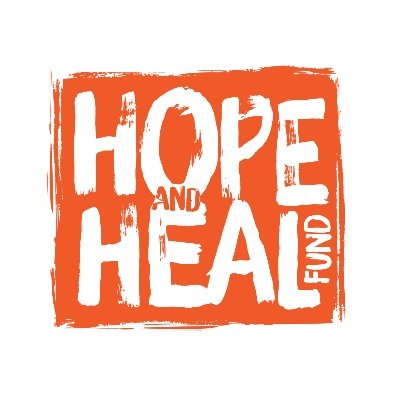Op-Ed: A Dual Approach to Addressing Gun Violence
The publication below is an original opinion piece produced for SCG by a contributing writer. The thoughts and opinions expressed in this article belong to our guest contributor. If you would like to contribute an opinion piece to share with our network, please email eddy@socalgrantmakers.org.
Today, gun violence is top of mind for many, as we’ve just witnessed tragic back-to-back mass shootings. First, we learned of the shooting in Colorado Springs and the innocent lives senselessly and tragically taken. Just days later, we had to grieve the violence at a Walmart in Virginia. Gun violence is on the rise — it has been for the last few years, and it is wreaking havoc in our homes and communities.
California gun deaths have significantly increased in the last few years, and gun violence is now the leading cause of death in our country for all children and teens ages 0-19. But what has contributed to this increase in gun deaths lately? While we don’t yet know for sure, what we do know is that gun sales saw a massive surge during the COVID pandemic meaning more California homes have guns. In California, from 2019-2020, 1.26 million guns were sold (a 56% increase). And while there is an increased focus on mitigating street violence, the increased danger and the most overlooked aspect of gun violence is the danger of gun accessibility in the home, which often results in suicides and lethal domestic violence.
Using A Public Health Model
While these developments are troubling, the good news is that many effective and proven strategies are being funded by public dollars and philanthropy and deployed by more communities across our state. Many of these efforts, especially those focused on community violence intervention, clearly show effectiveness in reducing gun deaths. We also see exciting strategies evolve to prevent firearm suicides. It’s evident that communities, researchers, and advocates are increasingly adopting and incorporating a public health framework that includes prevention, intervention, and healing from trauma.
A public health model recognizes that we must move beyond legislative solutions and instead focus on where and how gun violence occurs. The focus must be on gun access, within the home and on our streets, which results in homicides – including lethal domestic violence – and suicides. A “legislative only” approach often fails to address the clear drivers and root causes of gun violence, including addressing community trauma. In addition, that approach can create the false narrative that this chronic issue is primarily criminal or political in nature, leaving out community-driven solutions and input.
A Dual Approach to Addressing Gun Violence
Like many in philanthropy, Hope and Heal Fund recognizes that to move the needle on large-scale issues like gun violence, we must work together to ensure that community well-being and safety are part of developing blueprints for community revitalization and economic development. However, economic investments in jobs, entrepreneurship, and business development halt when gun violence or the perception of violence in communities is present. Gun violence does not happen in a vacuum and is certainly not isolated or disconnected from other societal issues. Economic development and community revitalization cannot be successful if communities don’t deal with the untreated emotional and physical trauma — and actual costs — resulting from gun violence.
We see the signs in ACE’s studies, where data shows exposure to violence can negatively impact a person’s physical and psychosocial health. We know income inequality is a significant driver of gun violence for people of color. 62% of the more than 67,000 firearm-related deaths that occurred among youth between the ages of 5 and 24 from 2007 to 2016 occurred in counties where the percentage of residents who lived below the federal poverty level was 15% or greater.
We must ask ourselves: how do we expect communities and their members to thrive and reach their fullest potential if gun violence has robbed them of the opportunity of living in the first place? Conversely, focusing only on legislative solutions ensures that we miss opportunities to provide communities with the resources it needs to improve economic conditions and the well-being of their citizens, including increasing investments, funding community programs, providing business startup loans to residents, funding schools, fixing parks, and more.
Gun violence reduction and community revitalization are not mutually exclusive. We can and must focus on both approaches to addressing gun violence. This is historically where both philanthropic efforts and gun violence prevention efforts have fallen short. Moving forward, we must address gun violence in our most impacted communities as part of a larger strategy for community well-being and safety. Let’s seize this moment in time — this demand for change — and evaluate the whole picture when we’re marching in the streets, demanding equity, and reimagining public safety within our communities.
